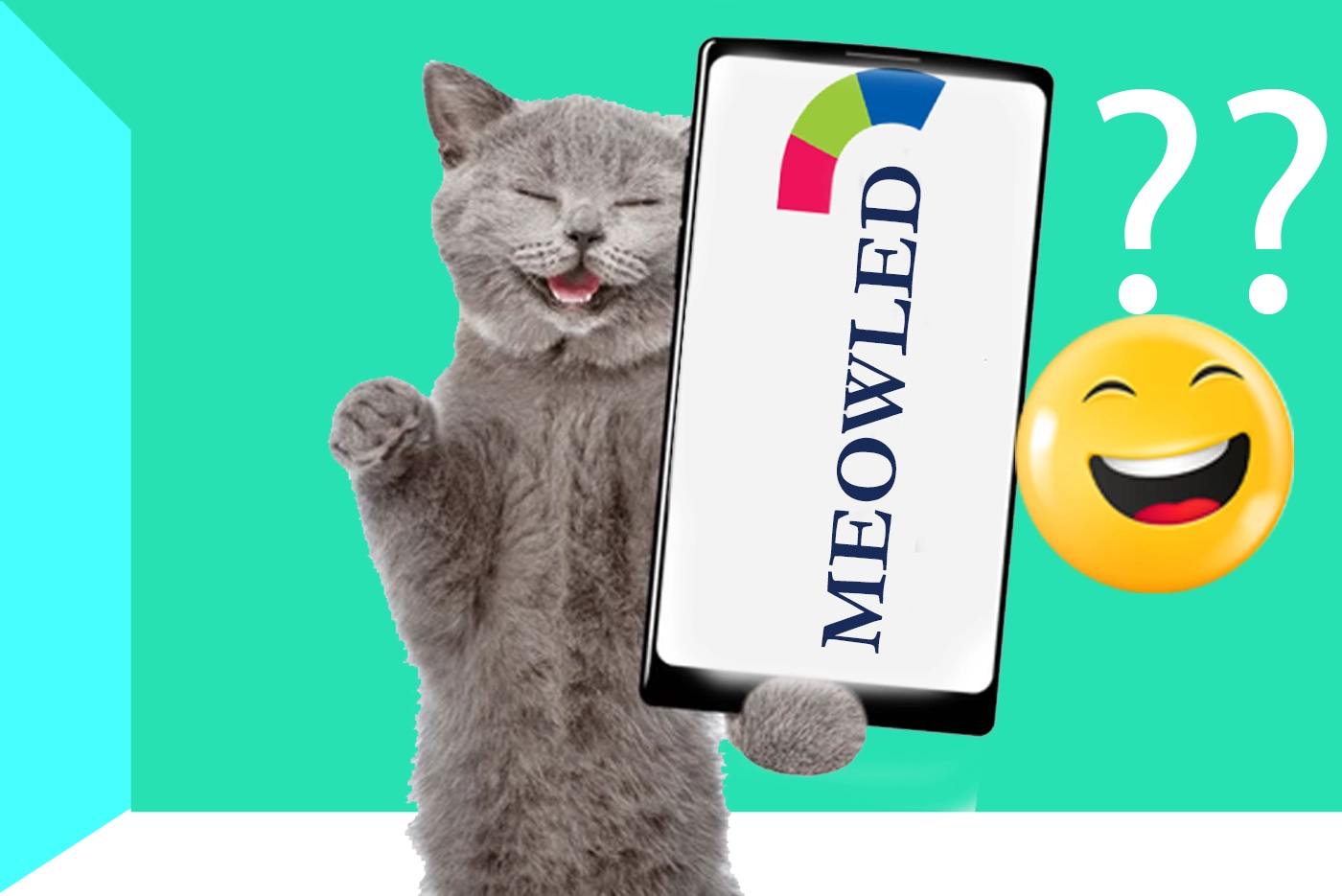🌈 Why Displays Matter More Than Ever
The smartphone display is more than just a window to your apps—it’s where you experience everything. From watching videos and playing games to editing photos and browsing, display technology defines how your device feels.
Let’s explore how the world’s leading phone brands—Samsung, Google, and Apple—approach display innovation differently.
📱 1. Samsung: The Masters of AMOLED
Technology Used: Dynamic AMOLED / AMOLED 2X / AMOLED 2X LTPO
Resolution & Refresh: Up to Quad HD+, with refresh rates of up to 120Hz
Flagships: Galaxy S Series, Galaxy Z Fold & Flip Series
What Makes Samsung Unique:
Samsung is not just a phone maker—it’s the world’s leading display manufacturer. Their panels are used by competitors, including Apple and Google.
Key Features:
-
Vivid Colors & Deep Blacks: Each pixel emits its own light, allowing true black levels.
-
HDR10+ Support: Enhances contrast and dynamic range for streaming and gaming.
-
LTPO (Low-Temperature Polycrystalline Oxide): Enables adaptive refresh rates from 1Hz to 120Hz for better battery life.
-
Edge and Foldable Displays: Samsung pioneered curved and foldable AMOLEDs.
In Simple Terms:
Samsung screens are like having a mini movie theater in your pocket—colorful, immersive, and sharp.
📸 2. Google Pixel: Real Color Accuracy Meets Smoothness
Technology Used: OLED / LTPO OLED (Samsung-made panels)
Resolution & Refresh: Up to QHD+ at 120Hz
Flagships: Pixel 7 Pro, Pixel 8 Pro
What Makes Google Unique:
While Google sources panels from Samsung, it applies its own color calibration and AI tuning for natural color tones and perfect balance.
Key Features:
-
True-to-Life Color Reproduction: Google avoids over-saturation, showing realistic tones.
-
Smooth Display Technology: Adaptive refresh rate that switches intelligently to save battery.
-
AI Optimization: Uses machine learning to adjust brightness and tone based on environment.
In Simple Terms:
Google’s display feels like reality through a digital lens—not too flashy, but perfectly balanced for everyday use and photography.
🍏 3. Apple iPhone: Super Retina XDR & ProMotion Magic
Technology Used: Super Retina XDR (OLED) / LTPO ProMotion Display
Resolution & Refresh: Up to 1290×2796 at 120Hz (Pro Models)
Flagships: iPhone 14 Pro, iPhone 15 Pro
What Makes Apple Unique:
Apple may buy its panels from Samsung or LG, but the calibration and optimization are completely proprietary. The result is color accuracy that’s unmatched in any other device.
Key Features:
-
Super Retina XDR: Apple’s branding for its high-contrast OLED panels with up to 2000 nits peak brightness.
-
ProMotion: Dynamic 1–120Hz refresh rate for fluid motion and battery efficiency.
-
True Tone: Adjusts white balance to match ambient lighting for comfort.
-
HDR Support: Dolby Vision and HDR10 for cinematic video playback.
In Simple Terms:
An iPhone screen doesn’t shout—it whispers perfection. Balanced brightness, precision colors, and smooth transitions.
🧠 Quick Comparison Table
| Feature | Samsung | Google Pixel | iPhone |
|---|---|---|---|
| Display Type | Dynamic AMOLED / LTPO | OLED / LTPO | Super Retina XDR (OLED) |
| Refresh Rate | Up to 120Hz | Up to 120Hz | Up to 120Hz (Pro models) |
| Brightness | Up to 1750 nits | Up to 1600 nits | Up to 2000 nits |
| Color Profile | Vibrant & Saturated | Natural & Balanced | True-to-Life & Calibrated |
| Unique Strength | Best HDR and folding screens | AI display optimization | True Tone & ProMotion fluidity |
⚙️ Which Display Is Best for You?
-
For Movie Lovers & Gamers: Samsung – unmatched color vibrancy and HDR.
-
For Photographers & Designers: Google Pixel – natural tones and realism.
-
For Professionals & Perfectionists: iPhone – smoothest experience with unbeatable accuracy.
🔮 The Future of Smartphone Displays
By 2030, expect even bigger shifts:
-
Under-display cameras will become standard.
-
MicroLED technology will replace OLED for longer lifespan and brighter visuals.
-
Foldables and rollables will redefine what a screen can be.
Hold on;
Whether it’s Samsung’s jaw-dropping AMOLEDs, Google’s AI-tuned OLEDs, or Apple’s perfectly balanced Super Retina XDRs, each brand has mastered its own philosophy.
Your favorite depends on what you value most—vibrance, realism, or precision.
But one thing’s certain: smartphone displays are evolving faster than ever, and your next screen might just redefine how you see the world.
🎬 5lbs of Pressure: Redemption…
“It takes five pounds of pressure to pull a trigger. But it can take a lifetime to undo what happens...
Read MoreA Bill of Divorcement
Despite being over 90 years old, A Bill of Divorcement remains a powerful exploration of human resilience and the pursuit...
Read MoreAce Ventura: Pet Detective
The premise is gloriously simple. The mascot of the Miami Dolphins,
Read More


